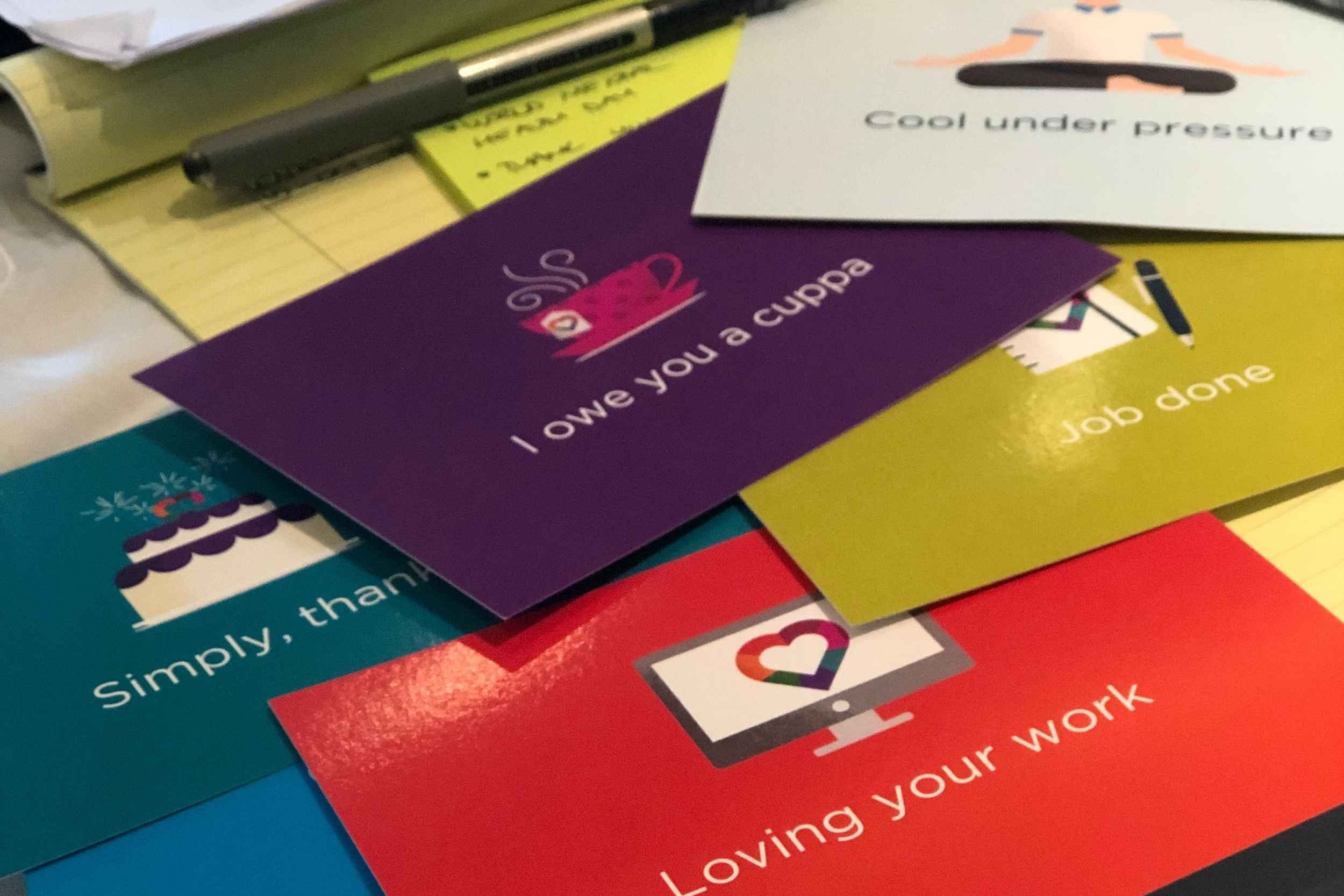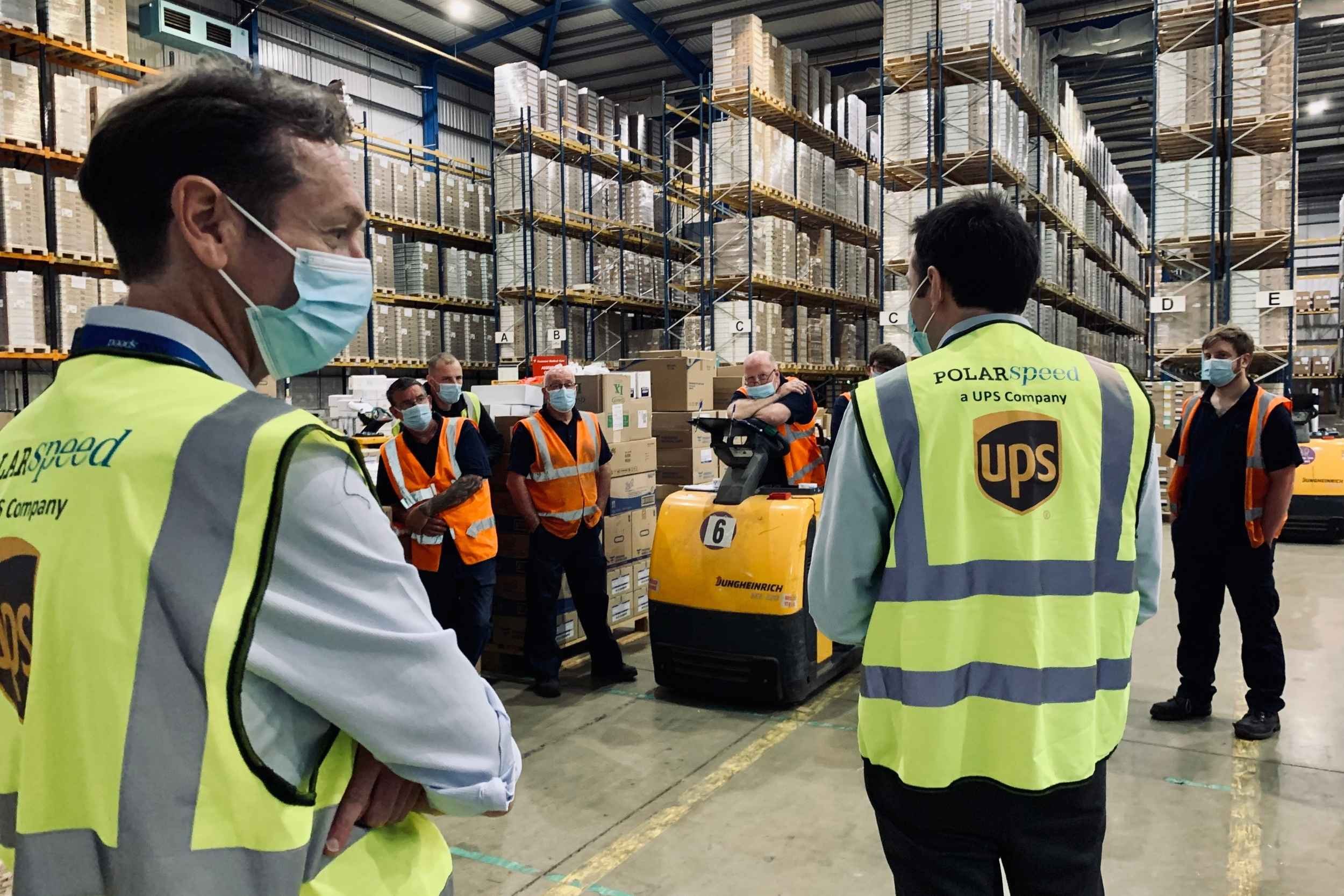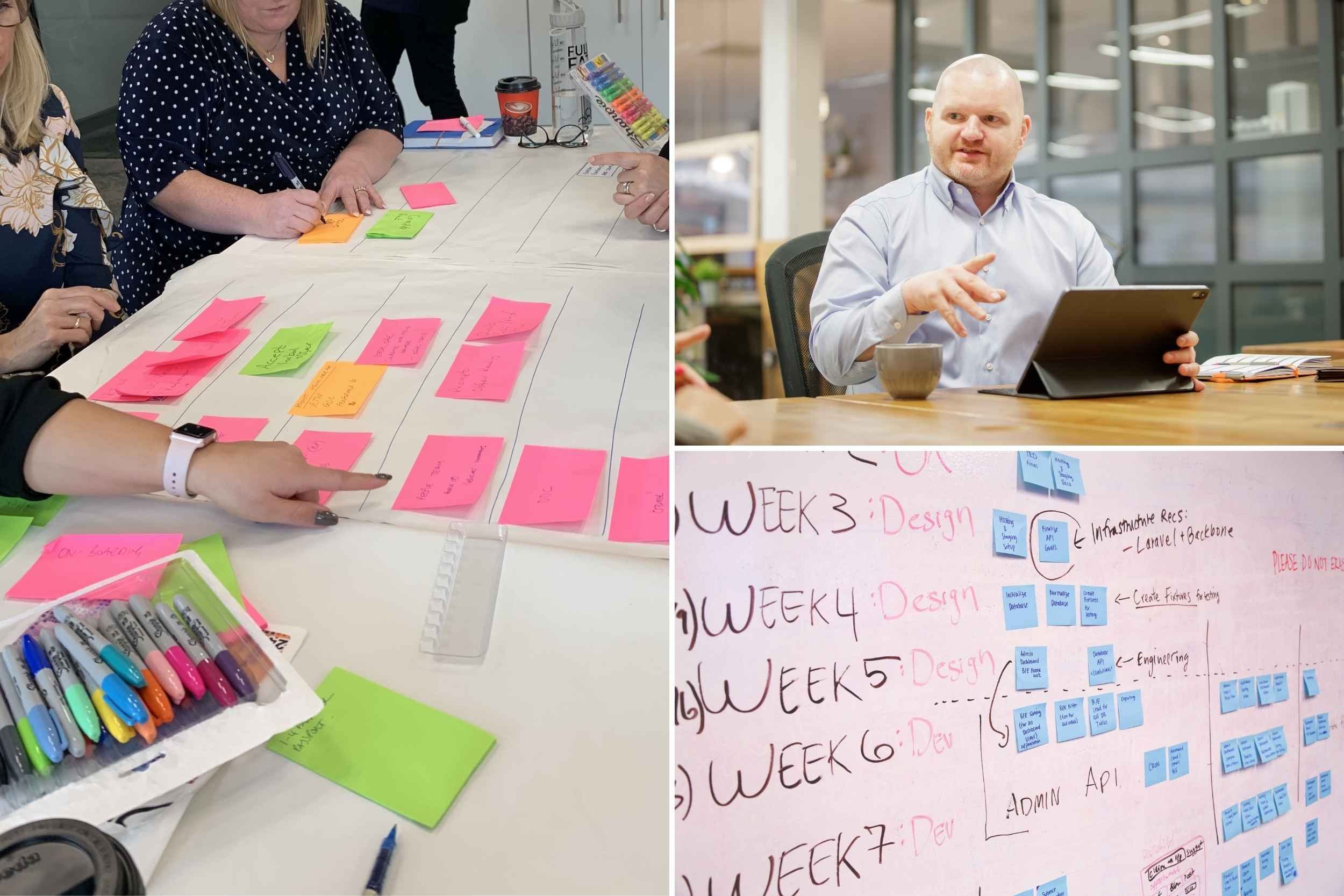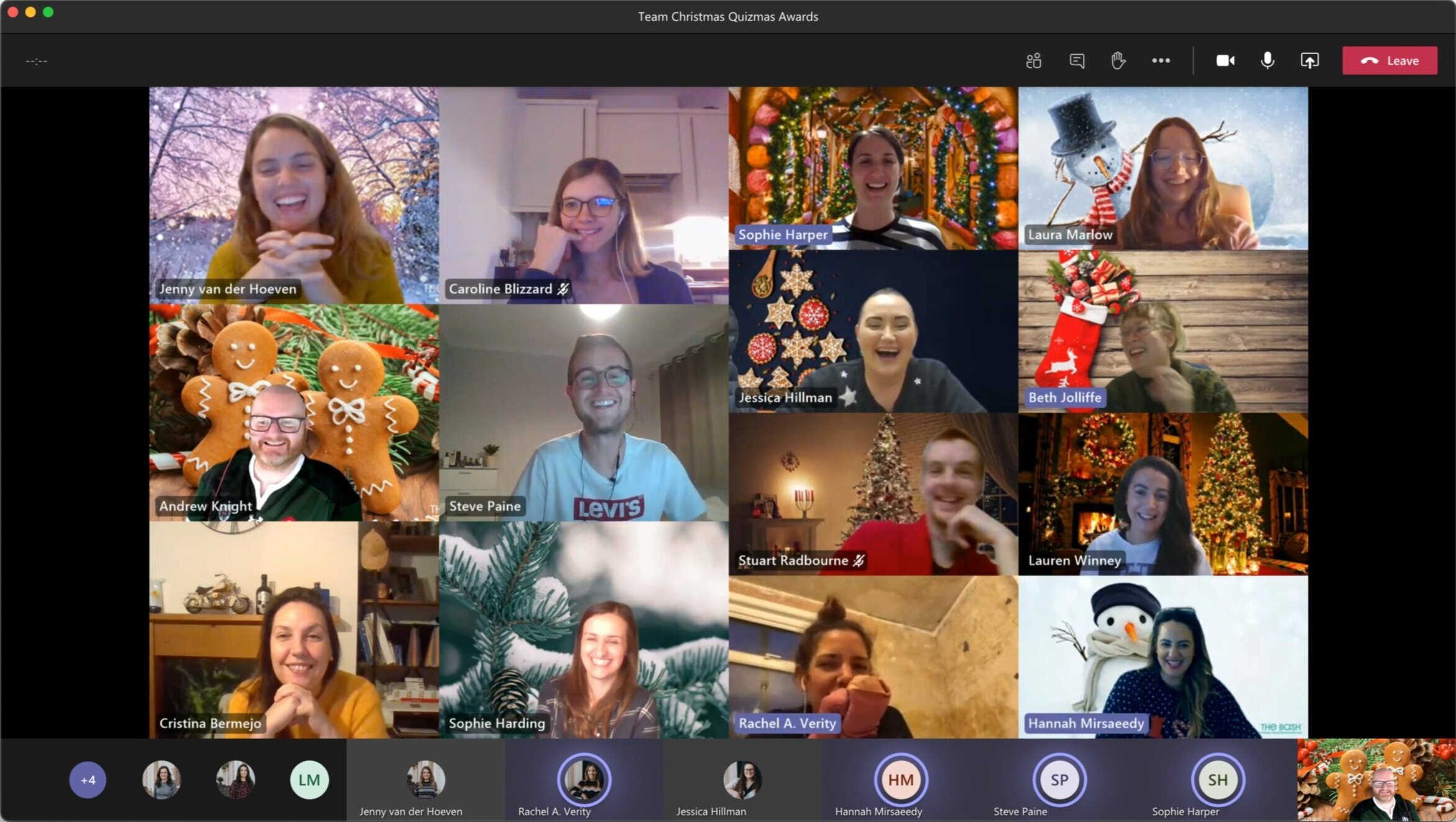I want to change things for the better at work and culture is top of my To Do list. Where do I start?
It is challenging, but possible, to change your culture. There are lots of tools available to assess culture and there are simple things you could try and implement straight away to make your place a better place.
I’ve pulled together 10 straightforward and pragmatic ideas for leaders who want to improve workplace culture. It’s time to get stuck-in with some practical and actionable things that you can do in any organisation.
I’ve split these actions into organisation-wide, team and individual actions. It’s best practice to hit all three levels to give your culture change a chance to stick.
But before you start, imagine your organisation as a complex web of different traits, habits, actions … ways of communicating. If you really want to get under the skin of what’s going on, check out our article on company culture blindspots and make sure you’re not missing something crucial to your team’s success.
Your organisation is a complex network of different traits, habits, actions and ways of communicating
Things I can do as an individual to improve company culture
-
Articulate your vision – Clearly explain what your vision is, get the senior managers onboard and create a plan to communicate across the business.
-
Live by your values – Make sure your decisions align with the values of the organisation, both in good times and tough times. Personally demonstrate the business values every day.
-
Talk to your customers – Find out what your customers really think of you. Using an external consultant here can encourage a customer to speak more freely and give honest feedback.
Things I can do as a manager to improve company culture
-
Analyse all available data – Gather statistics that reflect how your culture is impacting customers and staff. Consider: customer complaints, Glassdoor reviews, Trustpilot reviews, attrition rates/absences and staff complaints.
-
Listen to your team – Spend time with people. Visit the shop floor. Be seen. Be approachable. Get to know your staff and ask them what their experience of the business is.
-
Recognise how COVID-19 changed how teams work – How has hybrid working during COVID-19 impacted team culture? Avoid ‘forced fun’. Consider scheduling people to be on-site at the same time, so they can work together naturally. Online collaboration time can be as helpful as blocking-out time for deep and meaningful work.
-
Monitor workload & set boundaries – Make sure that everyone has an equal chance of success, time to meet customer expectations, and sufficient down-time. Consider a ‘no video meeting day’ each week, to allow space to focus.
Things I can do across my organisation to improve company culture
-
Survey your team – When did you last benchmark how people are feeling? You could survey all your staff to see how they are feeling about the organisation post-pandemic. (Maybe a statement of the obvious, but only do this if you have bandwidth to analyse the results, listen to what you’re being told and crucially, do something about it.)
-
Review your organisation design – Has any unfairness crept in due to remote working during the pandemic? Have you buried problems by some people not being physically present? Is everyone clear on who their manager is and who they go to for help?
-
Improve internal communications – Check your communication channels work and reflect your company values. Are you sending a weekly newsletter into a black hole? Are people engaged? Is it 100% broadcast or is there interaction? If you are getting interaction, does everyone have a chance to join in?
Quick fixes won’t create a lasting and positive culture
Invest in your culture
Why bother investing in company culture? Well, it’s no coincidence that happy, healthy, profitable businesses put aside time and effort into nurturing a positive culture. Let’s be clear, this is a conscious choice that leaders make to invest in a positive, inclusive and productive workplace culture. It doesn’t have to be difficult but culture change does have to be planned and coordinated.
Taking action, particularly in a large business with lots of complexity, may feel like a mammoth task. This is particularly true if you’re not sure where to start.
Company culture is a bit like health & safety, compliance, safeguarding, etc.; it’s everyone’s job to develop and grow a positive workplace culture, but it starts with you. Leaders set the tone.
If the idea of cultural change is too much, an external consultant might be a worthwhile investment. It’s more cost effective to bring in a HR Consultant to do it right first time, than asking your team to try and pull together a plan for culture ‘off the side of their desks’ (and usually over a longer period).
Positive culture doesn’t just happen. Bring in an expert to get things moving and upskill your team
Depending on your workload and available resources, I’d always suggest allocating someone specific to lead on cultural change, whether this means bringing in an expert to work alongside and upskill your team, or giving someone a secondment or project opportunity. That way you’re getting focus and energy in the right place, and developing your own in-house capability at the same time.
However you do it, it’s all about enabling you to take control of your own cultural destiny and not being ‘done to’ either through inertia or reacting badly to events because your culture isn’t resilient or flexible.
I want to make positive cultural changes, but I need help getting started…
It can be daunting to get started, so you might need an experienced and knowledgeable HR consultant to assess your culture and create an action plan.
As a specialist in organisational change I love to get stuck-in and support clients to make positive changes in the workplace.
Get in touch for a friendly chat about how I can help.
Image credits
Images sourced from Canva Pro and are photographers are not individually credited. If you see one of your photos above, please let us know so we can credit you here.



















